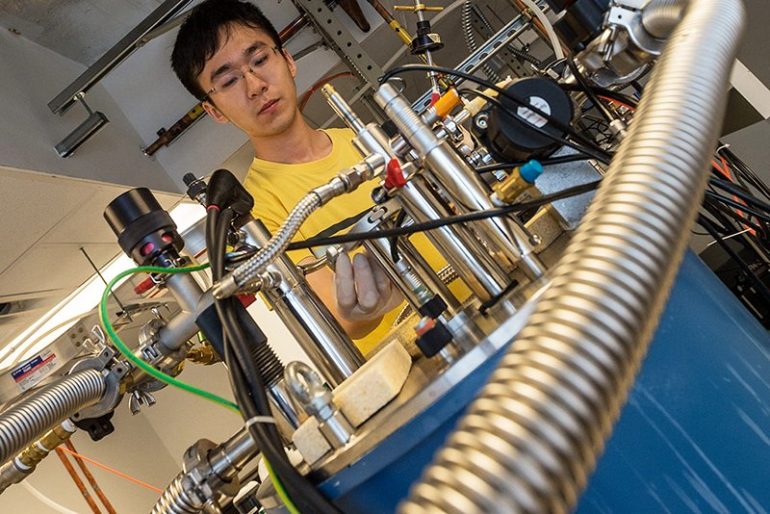We know that the realm of quantum physics is science operating at a mind-bogglingly small scale, thus watching quantum interactions happen is always exciting. Now, physicists have managed to observe billions upon billions of entangled electrons passi
We know that the realm of quantum physics is science operating at a mind-bogglingly small scale, thus watching quantum interactions happen is always exciting. Now, physicists have managed to observe billions upon billions of entangled electrons passing through a metal film.
The film is a mix of ytterbium, rhodium and silicon, and is what’s known as a ‘strange metal’, one that doesn’t act as expected at very low temperatures.
"With strange metals, there is an unusual connection between electrical resistance and temperature," explained physicist Silke Bühler-Paschen from Vienna University of Technology in Austria.
"In contrast to simple metals such as copper or gold, this does not seem to be due to the thermal movement of the atoms, but to quantum fluctuations at the absolute zero temperature."
These fluctuations represent a quantum criticality – that point between quantum states which are the equivalent of transition between liquids, solids and gases in classical physics; the team says this cascade of electrons is the best evidence yet of a link between quantum criticality and entanglement.
The terahertz spectrometer used to measure entanglement. (Jeff Fitlow/Rice University)
"When we think about quantum entanglement, we think about small things," says physicist Qimiao Si, from Rice University. "We don’t associate it with macroscopic objects."
"But at a quantum critical point, things are so collective that we have this…



